we all love
The user can just type http://tplinkwifi.net in the address bar of any internet browser of their choice and get to the login page of their TP Link router. The user needs to login to their routers so that they can get access to the advanced features of the router such as the Guest Network, Parental Control, to change the username and password for their router so that they can secure their network, to upgrade the firmware on their router and more.
Tplinkwifi.net is the domain name that is used to login to the wifi router. The users had to either find out or remember their router’s default IP addresses to login to their routers. It was a little troubling for some users as they did not know or just couldn’t find out the default IP address for their routers. So, it’s easier for their users to be able to login to the routers. The router recognizes the web domain name and translates it to the default IP address of the router and reroutes the user directly to the login page of the router. The user just needs to type in the default information of the router. The default username and password for most of the routers is “admin” for both cases. The username and password are case sensitive.
For the router to keep working properly and so that the user doesn’t face any trouble logging in to their router, the user needs to keep the firmware of their router up to date.
Router Firmware Upgrade
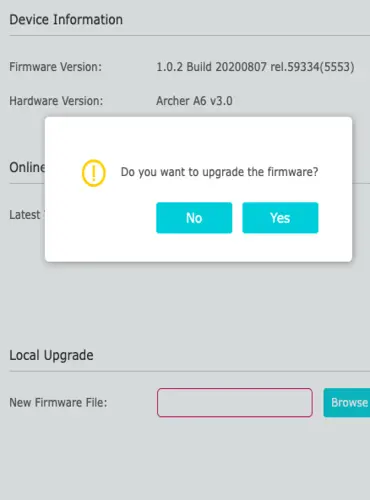
Regular Firmware Update
The router company releases the firmware update regularly so that their users do not face any troubles with the router. The main concern of an updated firmware is security.
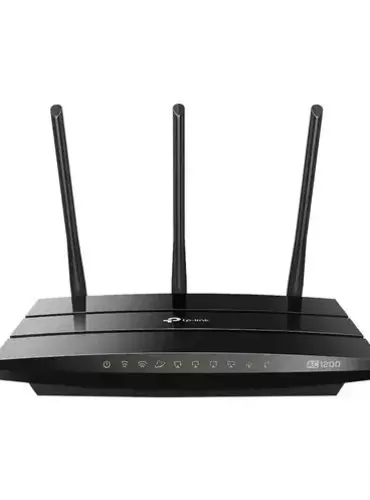
Router Security Updates
The firmware update makes sure that the security on the router is up to date and that it isn’t vulnerable to any potential threats. So it is very important to update your router.

Latest Firmware Update
The new firmware removes or fixes the bugs or any issues with the router, and might even add some new features to the router, enhance the overall speeds of the router.
How to setup the TP Link router for the first time using Quick Setup
There are some pre requisites required for the setup process. They are:
A desktop computer for the setup and installation process.
Ethernet wires for the connections to be made.
A working internet connection.
Here are the steps to setup the TP Link router for the first time:
- Connect a cable from modem to internet port on the wifi router. From router’s ethernet slot no 1,connect a cable to your laptop or PC
- Power off the modem & wifi router for twominutes , if your modem features abattery ,remove it for twominutes , then turn on the modem first ,once all the lights are solid on modem ,turn on the router.
- Switch off the modem, router and the desktop computer and switch them on. Wait for all the devices to finish booting up.
- Launch an internet browser type www.tplinkwifi.net on address bar of browser to access router login page, alternatively you’lluse the default ip address 192.168.0.1
- A setup wizard will appear , you need to create a new administrative password for your router. Click on Quick Setup menu and select your time zone.
- Select your internet connection type static, dynamic , pppoe ,L2tP as per your internet service provider. You can either change or select the wireless network name (ssid) and wifi passphrase as written on router’s label.
How to log in to the TP Link router using the Quick Setup
Most of the router’s default IP address is 192.168.0.1. This IP address is used to log into your wireless router. Following are the instructions used to log into the wireless router:
- First of all simply open your favourite web browser and enter the default IP address in the address bar of the tab.
- After you enter the IP address or http://tplinkwifi.net, you will see new login screen pop up in front of you asking for username and password.
- Enter “admin” in both the username and password fields and click Login.
- This will direct you to the router’s web based GUI. From here you can manage and monitor your wireless router from any device.
Now that you have successfully logged in to the wireless router, you can access all administrative authorities and configurations needed for the setup of wireless router. You can test Internet connectivity and also run security check on your wireless network. You can restrict any device from accessing the wireless network with the help of the MAC Filtering feature that routers offer.
How to update the firmware on your router

Download Latest Firmware
Download the latest firmware for your router from the support website. Make sure the model number of your router is correct. Save the downloaded file to your desired location on your computer.
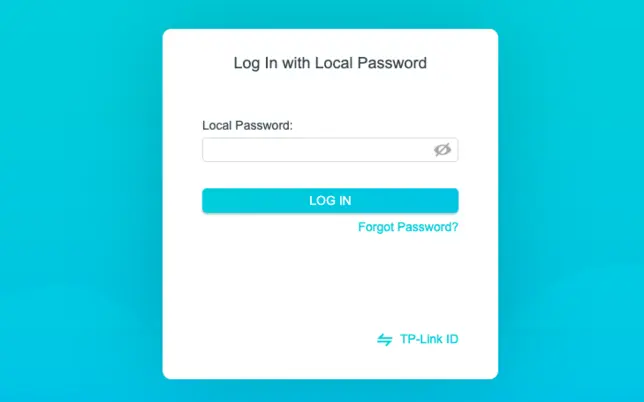
Login To Your Router
Now, open up an internet browser and type www.tplinkwifi.net in the address bar. Press enter. You will be asked to type in the default username and password. The default username and password is “admin” for both cases.
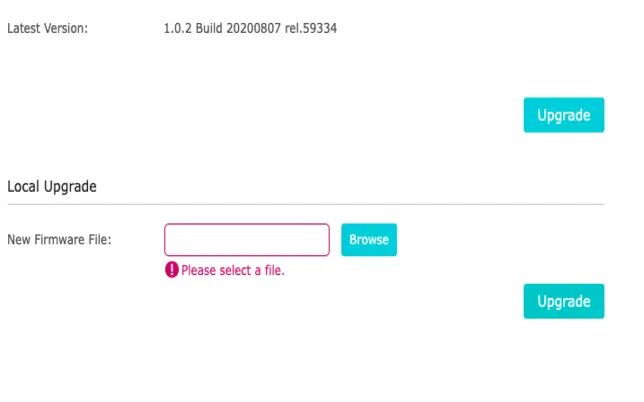
Upload The Firmware
Once you have logged in, the Quick Router Setup guide will display. Click System Tools. Locate the previously downloaded file from your computer and click OK. Click the Upgrade button to start the firmware upgrade process.
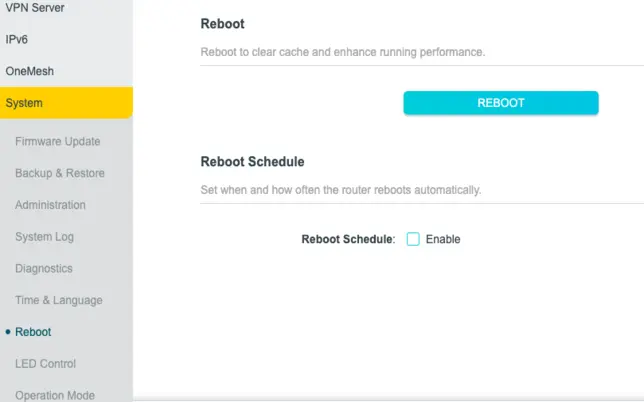
WiFi Router Reboot
It will take only a couple of minutes for the router to upgrade the firmware. After the firmware upgrade has finished, the router will reboot itself. It is recommended that the upgrade process isn’t interrupted as it may corrupt the router.
Got Questions?
Frequently Asked Questions
How do I physically set up my router?
Plug the router into a power source and connect it to your modem using an Ethernet cable.
What ports should I connect the cables to?
Connect the modem to the router’s WAN port and a computer or device to one of the router’s LAN ports.
How do I configure the internet connection on my router?
Log in to the router’s settings and follow the setup wizard to enter your ISP details and configure the connection.
What information do I need from my ISP?
You may need details such as PPPoE credentials, static IP addresses, or DNS settings, depending on your ISP.
What if the internet isn’t working after setup?
Double-check your ISP settings and connections, restart the router and modem, or contact your ISP for assistance.